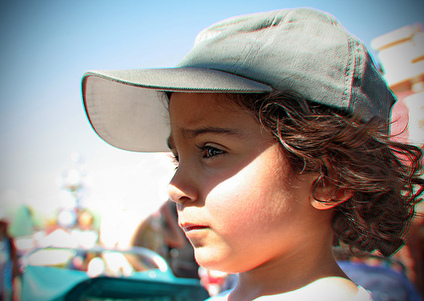A new study measuring avoidance predicts children’s development of anxiety
Children who avoid scary situations are more likely to have anxiety, new Mayo Clinic research published in Behavior Therapy reveals. 800 children answered questionnaires about avoidance tendencies and habits, like “When I feel scared or worried about something, I try not to go near it.”
Measuring avoidance predicted children’s development of anxiety. Children who described avoidance behaviors at the onset of the study tended to be more anxious a year later. However, 25 anxious children underwent cognitive behavior therapy that slowly exposed children to the situations that caused fear, and those avoidance scores from surveys of their parents declined by half.
This likely indicates that part of the reason they’re getting better is that they’re no longer avoiding things, lead author Stephen Whiteside, Ph.D., a pediatric psychologist with the Mayo Clinic Children’s Center says.
“Even after controlling for their baseline anxiety, those who avoided had more anxiety than kids who didn’t avoid,” Dr. Whiteside says. “That was consistent with the model of how anxiety disorders develop. Kids who avoid fearful situations don’t have the opportunity to face their fears and don’t learn that their fears are manageable.”
It stands to reason that adults could benefit from the same learnings, though their avoidance behaviors will be far more ingrained than those of the children. Can you face a fearful situation today and learn, even in adulthood, that it is indeed manageable? Absolutely.
ALSO: Dr. Whiteside is the developer of the Mayo Clinic Anxiety Coach, an iPhone app that helps individuals learn about anxiety, gauge and manage their symptoms, and make lists of activities to help them face their fears.

